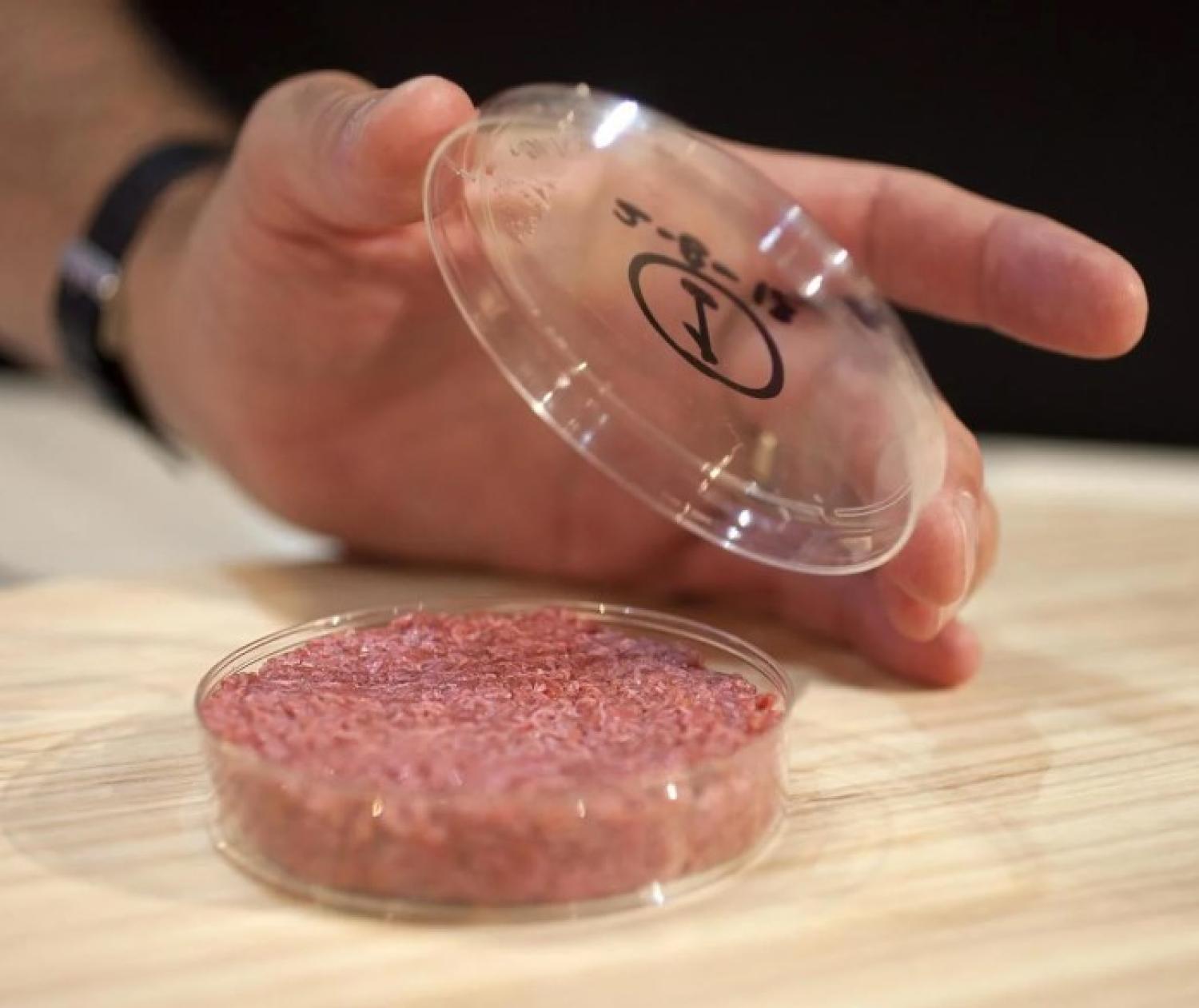Lab grown meat: an emerging industry

Lab grown meat sounds like a concept for the distant future, but with modern technology, it is closer than ever to being on your dinner table. Lab grown meat, or cultured meat, is produced when stem cells from an animal are taken and grown in vitro or in a petri dish. Jason Matheny discovered that regenerative medicine techniques could be applied to grow meat products like poultry, beef, pork and seafood.
Benefits of lab grown meat
- Lab grown meat could cut down greenhouse gas emissions by 96%, according to Oxford.
- Switching to lab grown meat could cut water consumption by 82-96%, depending on the animal.
- Animal rights would be protected if animal meat is not mass produced.
- Farm space would be diminished with fewer live animals needed.
- The risk of outbreaks would be lower with fewer animals in confined spaces.
- Many companies and investors see this as a valid solution to environmental sustainability.
- Lab grown meat could address many issues like animal welfare, greenhouse gas emissions from livestock production, worldwide food security and health.
Controversy and drawbacks
- Vegans and vegetarians have questioned the ethics of using stem cells.
- There is skepticism and hesitancy over the idea of eating meat grown in a lab.
- Farmer jobs may be lost in the process, with jobs shifting away from the meat industry.
- Accessibility to lab grown meat has led to questions about who will grow the meat and where.
Categories: sustainable perspectives


